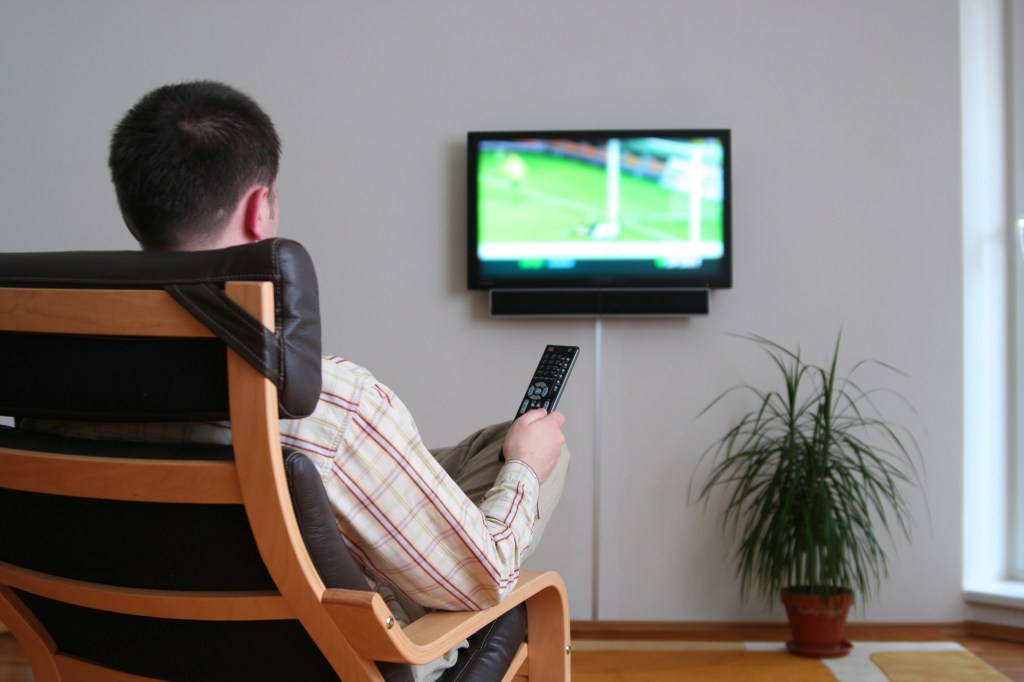For the past 15 years, I owned a very successful residential technology integration company. I specified and then installed all of the technology for some amazing homes in San Francisco and elsewhere. General contractors and homeowners alike paid me tens of thousands of dollars to outfit homes with the basics and the not-so-basics.
But I recently made a big change to my business, and am now advocating a new approach, one between an electrican’s basic pre-wire and what I used to do. Why?
Because I sincerely believe technology for the home has been oversold, yet just home-running some Cat6 and coax to a low-voltage panel isn’t enough, either. The homeowner wants modern capabilities when they move in, after all.
But builders should be aware that the gee-whiz aspects of a “Smart Home” that are being pushed on a mostly unsuspecting public more times than not fail to deliver on the promise – even when there’s a professional integrator involved.
Why? Because they’re too complex and require too much care and feeding. It’s really that simple: more tech equals more problems. Those with a vested interest in selling consumer electronics don’t like to admit it, but it’s true – how could it not be?
Don’t get me wrong: your clients mostly want the same things – great WiFi, some TV’s, and maybe music in some rooms. If it’s a larger home, lighting control and surveillance cameras may be in order, along with “connected” thermostats. I specified, sold, and installed all of those things for many years.
But now, everyone and his brother is pushing the smart home. “Alexa, make breakfast.” “Siri, feel my presence and make my home feel like a Norman Rockwell painting.” In concept, very exciting. In reality, silly, expensive and most annoyingly: extremely frustrating when the smart home doesn’t work and the homeowner can’t figure out why.
Am I advocating a return to the 60’s? No, I am not. Rather, what I am saying is that if the products selected for the home are chosen wisely, most of the benefits of a “smart home” can be accomplished easily, and with much less expense. That’s because the capabilities of many products today are far greater than before – not as much is needed to attain what is a very smart home indeed – but one that works. In fact, we say a really smart home is one that works reliably and one that the homeowner can understand. Can’t the electrician handle all of this? In my observations over 15 years, typically no. The electrician often is not proficient with networking, A/V, or control/automation, so the finished home can end up lacking in these now-critical areas.
But what about “the A/V guy”, or as above, “residential technology integrator”? As I’ve mentioned, I was that guy for a long time.
Make no mistake: integrators want to sell equipment, programming, and now (because profit margins on equipment are low and going lower), expensive service contracts to take care of it all, post-installation. So they stuff the home full of technology, a lot of which they KNOW is problematic, and/or take approaches that complicate, rather than simplify.
Why? Because they can, and because it’s more profitable for them. But am I the only one that finds it ironic that many integrators that insist upon complex approaches are now trying to survive by selling service contracts (or “customer care” in their preferred parlance), to care and feed the mess they created in the first place?
And that’s why I say technology for homes has been oversold. Do you really want to use an app to turn on the lights? Or an app on top of an app (that’s what some home automation systems demand) to play music? And pay monthly for the privilege of it working reliably? We have developed a third way, one perfect for the builder. It allows any builder to tap into my 15 years of experience and knowledge, and thus ensure a new/remodeled home is wired correctly, and that the features homeowners want the most are addressed. There’s also a complete guidebook for the GC, electrician and homeowner for putting it all together. The finished result is indeed a smart home – but one that works.



